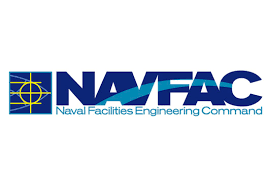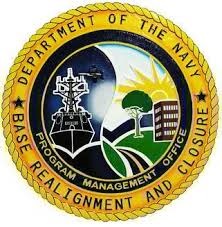
Between 1869 and 1939, Hunters Point Naval Shipyard performed as a commercial dry dock unit. In late1939 the U.S. Navy purchased the property, and until 1945 the Navy used the Shipyard to repair and maintain wartime vessels. In 1946 the Navy established the Naval Radiological Defense Laboratory (NRDL) on the Hunters Point Shipyard site. The NRDL was tasked with studying radioactive waste disposal, the decontamination of naval ships exposed to testing, and other related studies, including Operation Crossroads. The NRDL ceased operation in 1969, and in 1974 the U.S.Navy deactivated the Shipyard. Between1976 and 1984, the property was leased for commercial use. In 1991 Hunters Point was closed permanently following the Defense Base and Realignment Closure Act of 1990. Due to the past activities that occurred on site, action is in progress to clean up the area. This effort is under the guidance of the Naval Facilities Engineering Command (NAVFAC)’s Base Realignment and Closure (BRAC) Program Management Office. Also, the site is listed as a Superfund Site on the U.S. Environmental Protection Agency’s National Priorities List (NPL): Hunters Point Naval Shipyard, San Francisco, CA.

Currently, the Government Information Center (GIC) receives federal documents relating to the cleanup and repair of Hunters Point and Treasure Island. These reports are sent by the Naval Facilities Engineering Command (NAVFAC)’s Base Realignment and Closure (BRAC) Program Management Office.

Located between Hunters Point Naval Shipyard (HPNS) and Candlestick Point, the Yosemite Creek Sediment Site, also known as Yosemite Slough, is a shallow water channel. Approximately 1,600 feet long and 400 feet wide, this site is exposed as a mudflat or an area covered with 3 to 6 feet of water. Yosemite Slough and the offshore area of Hunters Point Naval Shipyard, known as Parcel F, are interconnected and share a boundary. Although not listed or proposed for listing on the Environmental Protection Agency’s National Priority List, the Yosemite Creek Sediment Site has undergone several studies and testing to better understand the sediments and contamination of the site and to develop appropriate approaches to clean up and remediation. To read more about Yosemite Creek Sediment Site please visit the Environmental Protection Agency’s Yosemite Creek Sediment Site, San Francisco, CA web page.
Currently the Government Information Center (GIC) receives Administrative Record materials from the Environmental Protection Agency to keep the public informed of the agency’s work at the site. Please ask at the GIC Reference Desk for these materials.

Fort Baker and the Presidio have completed the BRAC process, and are now under the jurisdiction of the National Park Service.
If you have any questions, please contact the Government Information Center, located on the 5th floor of the Main Library, by calling 415-557-4500 or sending an email to governmentinfo@sfpl.org.

While various federal agencies may be involved with the transitioning of military base closures, local agencies become active in the process as well. Below are some San Francisco agencies that have information on Hunters Point and Treasure Island.
Hunters Point
Hunters Point Administrative Record Index
- Search the Navy's Administrative Record Index by date, title, or keyword for a document.
Treasure Island
rev. March 2024

